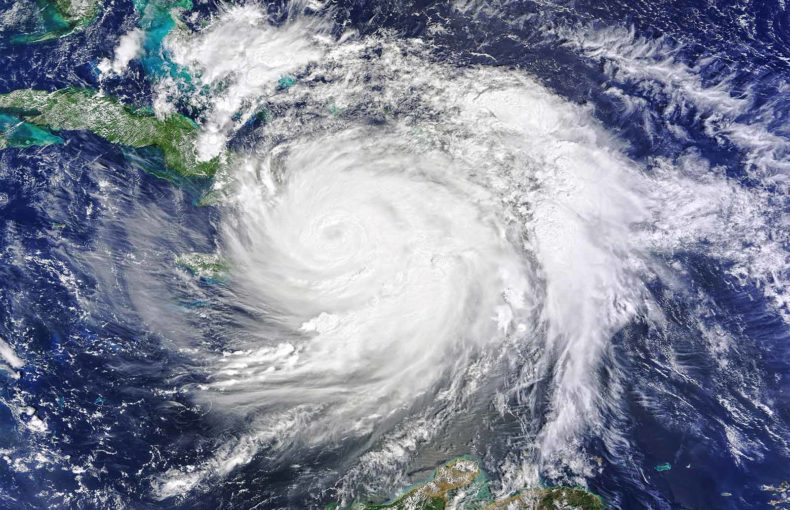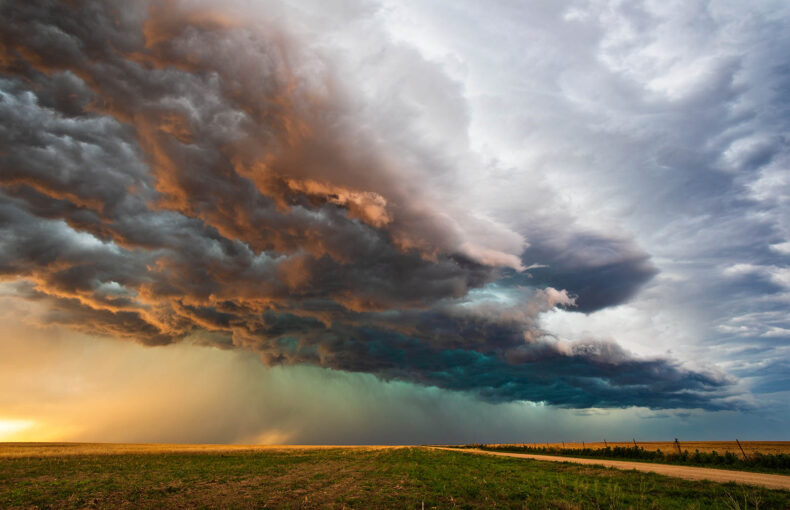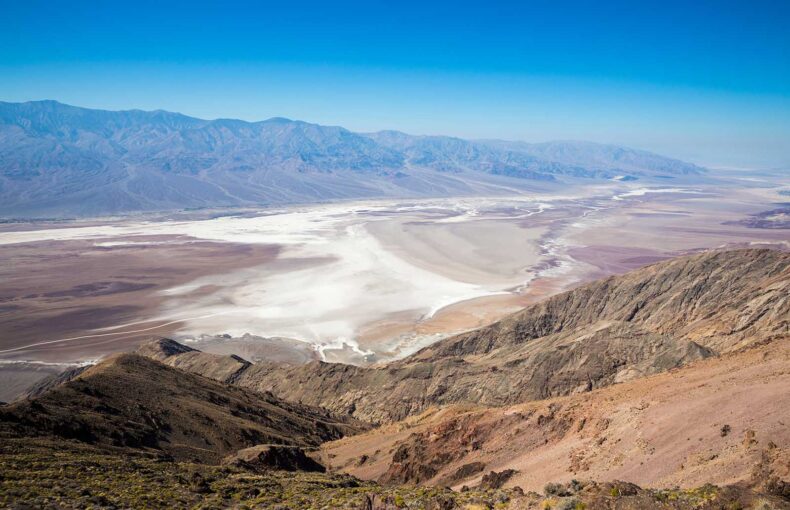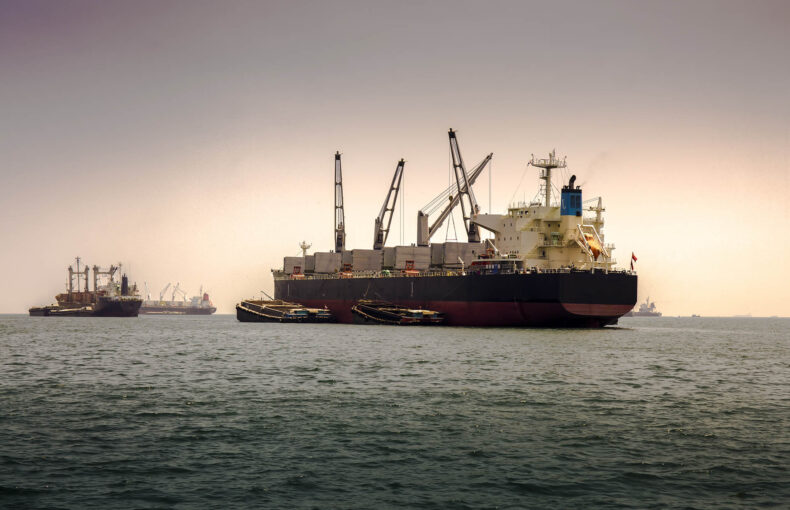Top 4 reasons weather predictions beyond a 10 day forecast can be unreliable
With the abnormal weather events of 2022, the accuracy of weather predictions has never been more important.
Traditionally, the Earth’s weather data has been recorded via on-ground networks and satellite imagery. However, given the vastness of our panet and open oceans, it’s not always possible to access weather data for every single point on the planet. This is all changing with the arrival of new technologies such as Spire’s constellation of nano-satellites that can collect radio occultation measurements from the greatest vantage point, just above the Earth’s atmosphere. The result is the ability to collect rich, granular data which can in turn be used to more accurately predict future weather events.
Why do forecast errors happen?
Weather forecasting is a complex process. Weather is monitored 24 hours a day through a global network of devices that includes ground sensors, weather balloons, different satellites, airplanes, and others. Usually, governments manage this network through their meteorological centers. Before producing a weather forecast, we need to bring all these observations together to form a three-dimensional model of the current state of the Earth’s atmosphere. This is part of a highly intricate, specialized process termed as data assimilation
Gaps in observation data
Now with any other data-oriented process, the output is only as reliable as the given input. Despite 24-hour weather monitoring, much of the Earth’s 510 million square kilometers mass remains unobserved. This creates gaps and uncertainties in the initial conditions that constitute observation data.
Why is this?
Inconsistent quality of data
Developed countries tend to own the resources that can be allocated to researching, producing and launching the biggest satellites into space. It’s only natural that they will choose to direct the coverage focus within their own topographical districts and not incorporate other parts of the globe, hence leading to inconsistent weather monitoring.
Limitations in weather modelling systems
In addition to the above, another reality is the existing technology. Now, it is clear that errors in weather forecasting occur as we don’t know what every small molecule in the atmosphere is up to. The truth is, even if we did, we don’t have the capacity to craft a complete digital twin of our entire planet.
What we can also do is improve our systems and the quality of the initial conditions provided. That itself is a major hurdle to cross as countries manage their own national centers that run global weather models. Private firms base their own forecasts from these data centers. Each unit has its own process of collecting multiple sets of observations, imposing different data assimilation techniques and then has varying weather models with different simulations or parameters set for processing. This high level of differentiation is what grants each different weather model its own set of strengths.
Given the complexity of the weather data assimilation process, it is clear that a few countries with resources alone cannot accurately map out weather events. The world’s leading economies were all caught unprepared as seen in 2022 with droughts, floods, record heat waves etc. The only way forward is a unified effort that sees data sharing between nations. Public-Private Partnerships are critical to this process as it can help democratize weather data tracking.
Download the complete whitepaper
To dive deeper into understanding why weather forecasts beyond 15 days can be tricky and how innovation in space technology is filling these gaps, download the complete whitepaper.
 Written by
Written by


